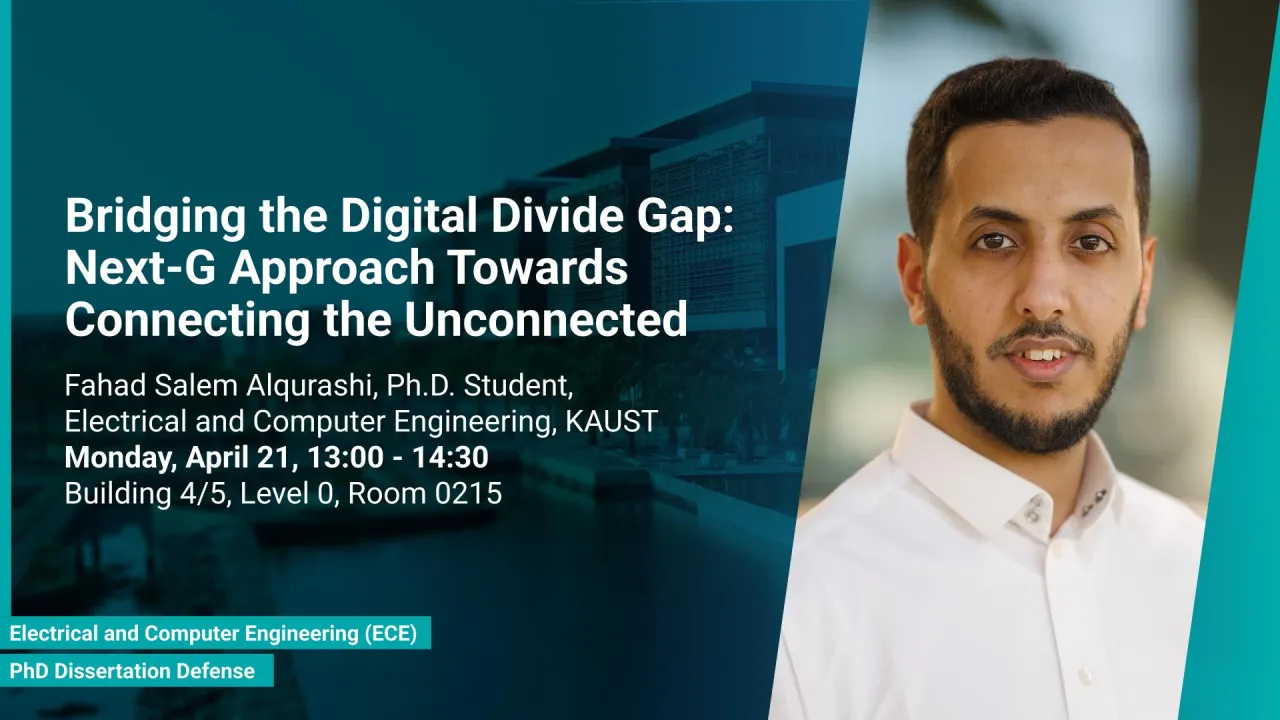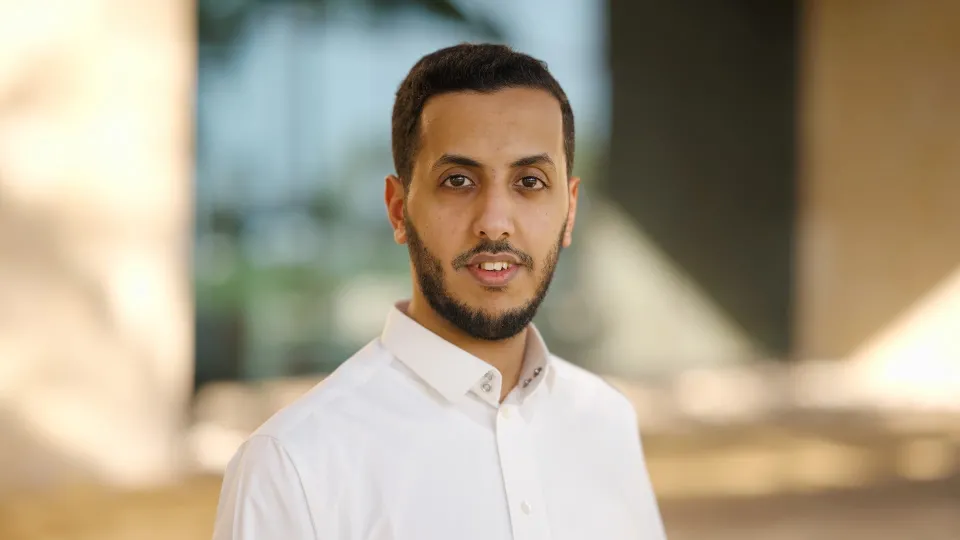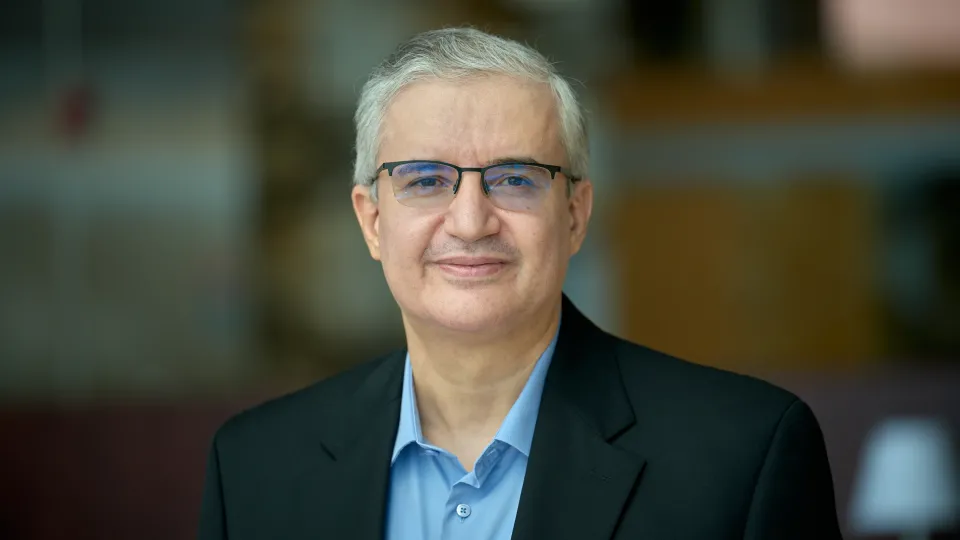
Bridging the Digital Divide Gap: Next-G Approach Towards Connecting the Unconnected
This dissertation investigates next-generation technologies, including hybrid free-space optics (FSO) and radio frequency (RF) communication systems, to bridge the digital divide in underserved remote areas, addressing multifaceted constraints like economic viability, technical feasibility, and socio-economic inequalities, with a focus on real-world applications.
Overview
In the contemporary era of digital transformation, internet connectivity stands as a cornerstone essential for societal progress, economic prosperity, healthcare advancements, and educational enrichment. Despite the widespread integration of high-speed 5G and beyond into urban landscapes, the digital divide persists, notably affecting remote and rural regions, impeding the realization of comprehensive connectivity. This doctoral dissertation embarks on a comprehensive exploration that delves into the nuanced implications and constraints surrounding the potential of next-generation (Next-G) technologies to ameliorate connectivity challenges in these underserved areas. The endeavor to connect the unconnected in remote locales is fraught with diverse and intricate limitations. These encompass economic viability, technical feasibility, energy requirements, regulatory impediments, interference complexities, infrastructure hurdles, digital literacy, security and privacy concerns, social acceptability, environmental ramifications, and socioeconomic inequalities. Each facet of these constraints poses distinctive challenges that demand a judicious and inventive approach for effective mitigation, thereby facilitating the bridging of the digital divide. This proposal seeks to explore various configurations envisioned as potential Next-G solutions tailored for rural, remote, and maritime areas. One such approach involves the implementation of a hybrid free-space optics (FSO) and radio frequency (RF) communication system, specifically designed to address high-speed backhauling requirements. Additionally, the proposal considers the utilization of lower bands, exemplified by TV White Space (TVWS), offering extended coverage over larger geographical areas while maintaining reasonable data rates. Emphasizing alignment with KAUST's vision, the dissertation aims to expedite the translation of research outcomes into tangible real-world applications, thereby contributing to societal betterment.
Presenters
Brief Biography
Fahad S. Alqurashi is a Ph.D. candidate in Electrical and Computer Engineering at King Abdullah University of Science and Technology (KAUST), under the supervision of Professor Mohamed-Slim Alouini. His research focuses on advanced wireless communication technologies for connecting underserved and remote regions, emphasizing cost-effective and high-capacity solutions. His work explores Free Space Optics (FSO), TV White Space (TVWS), and hybrid RF/mmWave systems to achieve point-to-point data rates exceeding 10 Gbps, with a particular interest in maritime and rural connectivity.
Fahad holds a Master of Science in Electrical Engineering from KAUST, where his thesis focused on modeling FSO communication channels for next-generation deployment scenarios. He completed his Bachelor of Science in Electrical Engineering (Electronics and Communication track) at Umm Al-Qura University in Makkah, Saudi Arabia.
Fahad has led strategic connectivity projects in collaboration with global technology leaders such as Google Taara, Meta, Cambium, and national operators like Zain and STC. He is currently spearheading national-scale initiatives with the Communication, Space and Technology Commission (CST), Red Sea Global, and Neom to deliver resilient, sustainable, and scalable wireless infrastructure—including projects connecting offshore islands and rural villages using hybrid FSO/RF links powered by solar systems.
His research has been presented at major international venues including IEEE ICC and the Optical Wireless Communication Conference, and he is an active member of IEEE and the Optical Wireless Communication community. Fahad’s interdisciplinary work supports Saudi Vision 2030 and reflects a strong commitment to impactful digital transformation through cutting-edge wireless innovation.

